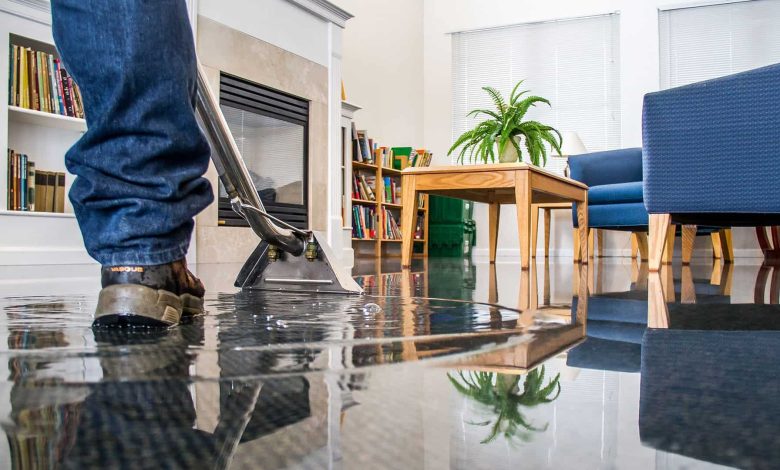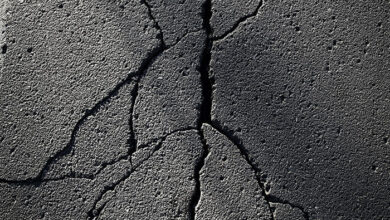What You Need to Know about Water Extraction and Drying

Water damage can wreak havoc on your property, leading to costly repairs and health hazards if not addressed promptly. Understanding the water extraction and drying process is crucial for mitigating the effects of water damage and restoring your home or business to its pre-loss condition.
What is Water Extraction and Drying
Water damage is a common and often devastating occurrence that can result from various sources such as burst pipes, flooding, or leaks. When faced with water damage, swift action is essential to minimize the extent of the damage and prevent further issues. Water extraction and drying are fundamental steps in the restoration process, aimed at removing excess water and moisture from the affected area.
Causes of Water Damage
Water damage can stem from a myriad of sources, including burst pipes, natural disasters, plumbing issues, and even roof leaks. One of the most critical aspects of addressing water damage is identifying the source promptly to prevent further damage and ensure effective remediation.
Understanding Water Extraction
A water damage extraction process is removing standing water from the affected area using specialized equipment such as pumps, vacuums, and dehumidifiers. This step is crucial for preventing secondary damage such as mold growth and structural deterioration.
The Drying Process
Once excess water has been extracted, thorough drying is essential to remove lingering moisture and prevent mold growth. Industrial-grade air movers and dehumidifiers are often used to facilitate the drying process, ensuring that all affected materials are thoroughly dried.
Professional Water Damage Restoration Services
While DIY cleanup may seem tempting, hiring professionals for water damage restoration is highly recommended. Experienced restoration technicians have the expertise and equipment necessary to handle water damage effectively, ensuring thorough cleanup and minimizing the risk of further damage.
DIY Water Damage Cleanup
While minor water damage incidents can sometimes be addressed with DIY methods, it’s essential to exercise caution and recognize the limitations of DIY cleanup. Safety should always be a priority, and homeowners should be aware of potential hazards such as electrical shock and structural instability.
Emergency Roof Leak Repair
One common cause of water damage is a roof leak, which can lead to significant water intrusion and structural damage if not addressed promptly. Emergency roof leak repair is crucial for preventing further water damage and preserving the integrity of your home’s structure.
Preventing Water Damage
Prevention is key when it comes to water damage. Regular maintenance and inspection of plumbing systems, appliances, and roofing can help identify potential issues before they escalate into costly water damage incidents.
Insurance Coverage for Water Damage
Understanding your insurance coverage is essential in the event of water damage. Most standard homeowner’s insurance policies cover sudden and accidental water damage, but coverage may vary depending on the cause of the damage.
Environmental Impact of Water Damage
In addition to the damage to property and health risks, water damage can also have a significant environmental impact. Sustainable practices in water damage restoration, such as using eco-friendly cleaning products and minimizing waste, can help mitigate these effects.
Common Myths about Water Damage
There are many misconceptions surrounding water damage restoration, from the effectiveness of DIY methods to the extent of insurance coverage. Debunking these myths is essential for homeowners to make informed decisions when faced with water damage.
Signs of Water Damage
Recognizing the signs of water damage early on can help prevent further issues and minimize the cost of repairs. Common signs include water stains, musty odors, and visible mold growth.
Health Risks Associated with Water Damage
Water damage can pose significant health risks, particularly if mold begins to grow in the affected area. Prolonged exposure to mold spores can exacerbate respiratory issues and lead to other health problems, making prompt remediation essential.
Water damage is a serious issue that requires prompt and effective action to mitigate its effects. By understanding the water extraction and drying process, homeowners can take proactive measures to protect their property and minimize the risk of costly damage.




